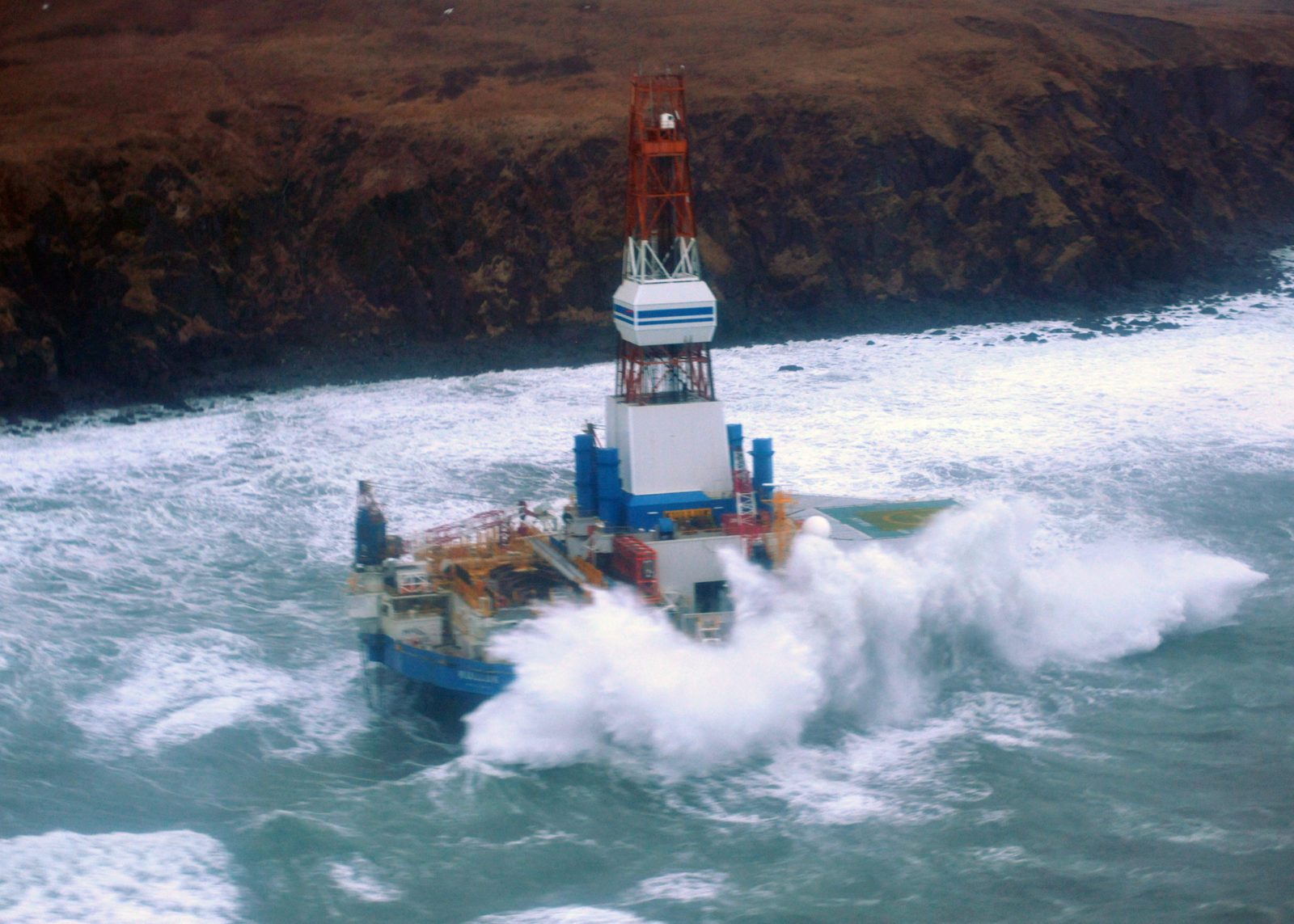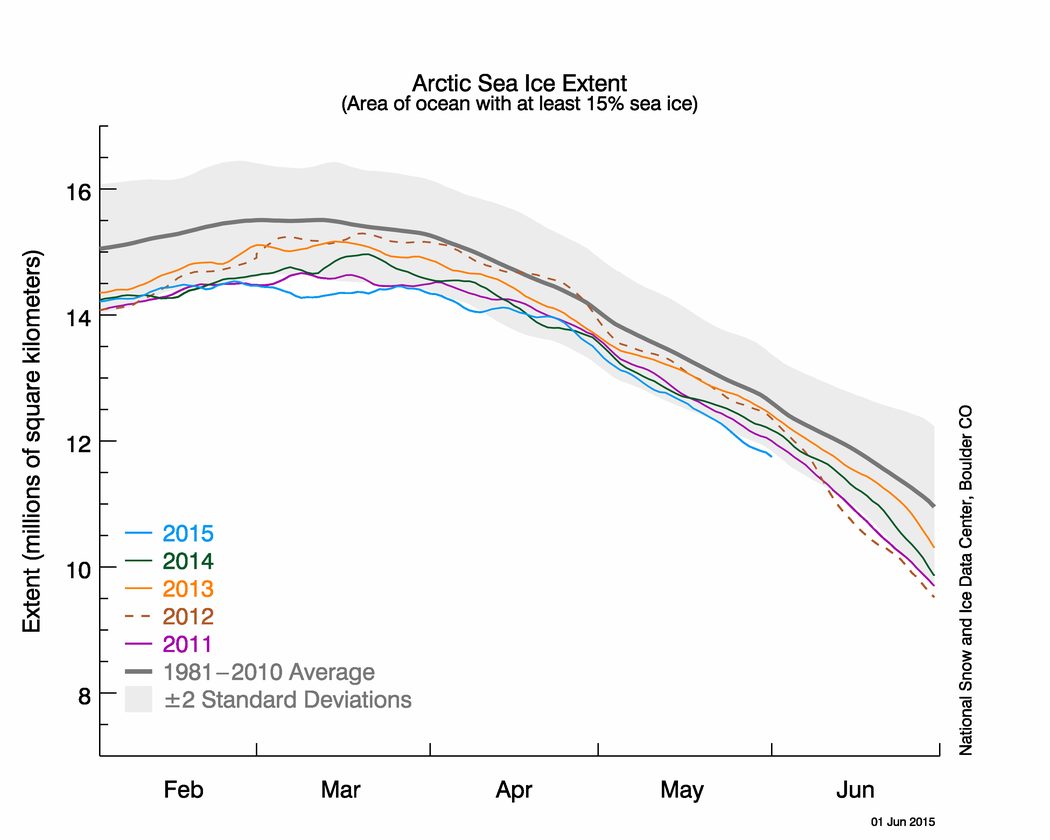Blog
Arctic shipping, one-hit-wonder?
The 2015 Arctic shipping season is just around the corner. A fairly lackluster 2014 season left some wondering if all the excitement about the Arctic becoming the shipping route of the next century wasn’t blown a bit out of proportion.
2014 did see Canada’s Fednav shipping company send an unescorted vessel through the Northwest Passage, accompanied by an onboard blogger and real time ship tracking — a worthy follow-up to the 2013 transit of the Nordic Orion, the first bulk carrier to make the journey.
However, if one route showed promise another seemed to betray it. In 2013, 71 vessels traversed Russia’s Northern Sea Route, a number that dropped dramatically in 2014 to just 31. Has the excitement run its course? Was 2013 an anomaly?
Maybe not. Geopolitics played a role in determining what happened in the Arctic in 2014. Economic sanctions on Russia dimmed the allure of its Arctic waters. The effects spilled over into economic investment, development of oil and gas resources, and the need to shore up infrastructure along the passage. A transit previously filled with prestige and excitement was now a potential political black mark and an economic risk.
At the same time elsewhere, Shell was still feeling the aftershocks from its failed 2012 drilling season in the Chukchi Sea, when the drillship Kulluk ran aground while under tow. The environmental backlash and federal government investigations coupled with permit violations and legal reviews of lease sales, set U.S. exploration of Arctic oil and gas resources on its heels.
Then there were the ice conditions, and other environmental factors that ultimately determine accessibility of the northern routes.

Kulluk aground on the southeast side of Sitkalidak Island on 1 January 2013, Petty Officer 3rd Class Jonathan Klingenberg, United States Coast Guard. [Wikimedia Commons]
A recent report examining possible vessel growth in the U.S. Arctic incorporated modeled ice extent as a factor in determining opportunities for navigation. Recall that much of the excitement about the future of Arctic shipping came on the heels of the 2012 historic summer ice minimum. If that was a fluke, then the future prospects of Arctic shipping may be overhyped. The study assumed a possible shipping season from July to October of 153 days. For open-water vessels (vessels without ice-hardened hulls), the 10-year average from 2020 to 2030, along the coastal shipping routes, is 50 to 153 days of access. The variability for that same 10-year average is 50 to 70 days of access. Which means that some years there may be months of open water, and some years there could be days or weeks.
The summer of 2014 was not a record summer ice low, though it was close — the sixth lowest on record, according to NASA. However, the maximum sea ice extent for the winter of 2014–2015 did set a new record low. Whether this will lead to a lower ice extent this summer remains to be seen, but the potential exists.

The graph above shows Arctic sea ice extent as of June 1, 2015, along with daily ice extent data for four previous years. [National Snow and Ice Data Center]
Which is all to say that the pendulum swings both ways. Despite sanctions, BP recently negotiated with Russia’s Rosneft, re-investing in Arctic oil, and Shell is in the process of moving drilling rigs to the Arctic in anticipation of a summer drilling season. The U.S. Army Corps of Engineers released its study on Arctic deep-water ports, identifying Nome, Alaska as a potential location, and some U.S. Senators are are calling for funding to build six new icebreakers. All in advance of the possibility of yet another jaw-droppingly low summer ice extent. Whether or not there is an Arctic shipping boom in 2015, every indication points to increased activity in the Arctic, and we need to do more to prepare for it.
